Determining the proper torque or tension for a bolt is essential to ensure the integrity of the joint and the safety of the structure or assembly. The specific torque or tension requirement depends on factors such as the bolt size, material, grade, application, and industry standards. Here's how you can determine the proper torque or tension for a bolt:
Consult Manufacturer Specifications:
Start by referring to the manufacturer's specifications for the bolt you're using. Manufacturers often provide recommended torque values based on the bolt's size, material, and grade. These specifications are a good starting point.
Use Torque Tables:
Many engineering handbooks and fastener references include torque tables that list recommended torque values for various bolt sizes, materials, and grades. These tables are valuable references for initial torque values.
Consider Lubrication:
The use of lubricants on the bolt threads and under the bolt head or nut can affect the required torque. Consult manufacturer recommendations regarding lubrication, as it can significantly impact the applied torque.
Apply Appropriate Safety Factors:
In some applications, it's advisable to apply a safety factor to the recommended torque values to account for variations in real-world conditions. The safety factor typically ranges from 1.2 to 1.5, depending on the application and industry standards.
Use a Torque Wrench:
For precise torque control, use a calibrated torque wrench to apply the specified torque. Ensure that the torque wrench is regularly calibrated to maintain accuracy.
Tension Control Bolts (TCBs):
In some applications, tension control
Engineering bolts (TCBs) may be used. These bolts are designed to achieve a specific tension in the bolt rather than a specific torque. TCBs are tightened until they stretch to a predetermined length, achieving the desired tension.
Bolt Stretching:
For critical applications, bolt tension can be directly measured using devices like load cells or ultrasonic measurement. Bolt stretching ensures that the desired tension is achieved accurately.
Follow Industry Standards:
Industry-specific standards, such as those from ASTM, AISC, or AASHTO, may provide detailed guidelines on torque or tension requirements for specific applications. Comply with these standards if applicable.
Monitor and Record Torque Values:
Keep records of the torque values applied to each bolt, especially in critical applications. This documentation is important for quality control and future maintenance.
Consider the Use of Load-Indicating Washers:
Load-indicating washers or fastener verification systems can provide real-time feedback on the tension in the bolt during tightening, helping to ensure that the desired tension is achieved.
Perform Tension Testing:
In some cases, after the initial torque or tension is applied, tension testing may be conducted to verify that the bolt is within the specified range.
Follow Assembly Sequence:
In multi-bolt assemblies, follow the correct sequence and pattern for tightening bolts to distribute loads evenly and prevent issues like gasket or joint compression problems.
It's crucial to follow the manufacturer's recommendations and industry standards when determining the proper torque or tension for a bolt to ensure the joint's reliability and safety. Under-tightening or over-tightening can lead to joint failure or other problems.

 中文简体
中文简体
 English
English
 Español
Español
 Deutsch
Deutsch



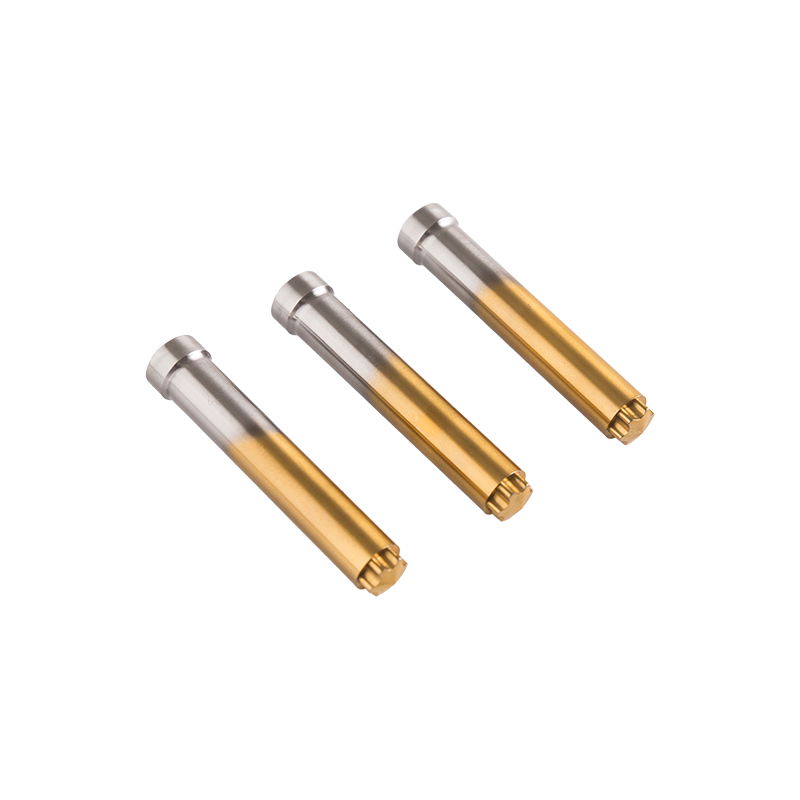
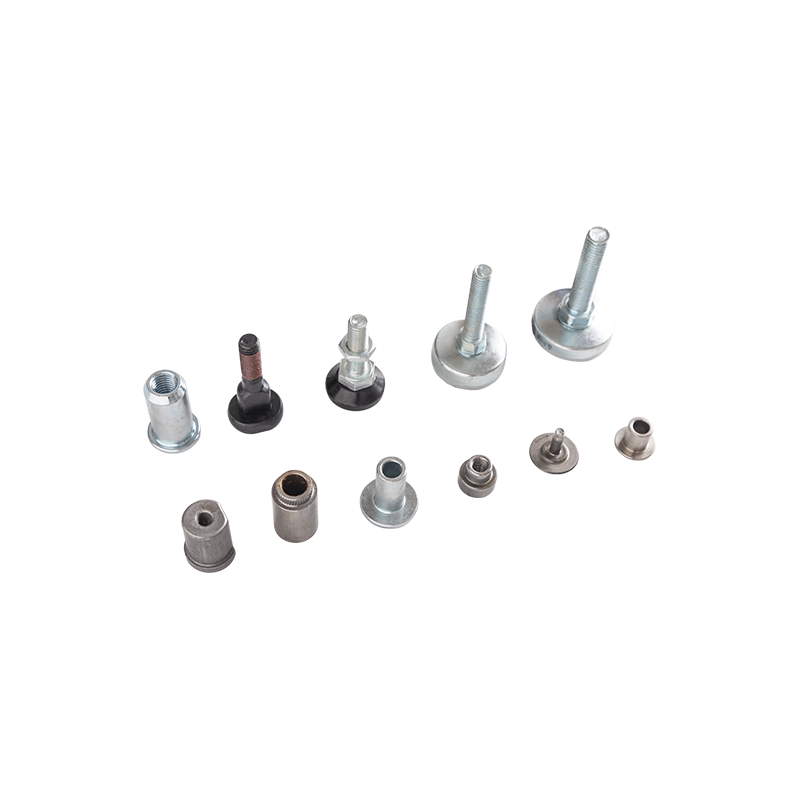
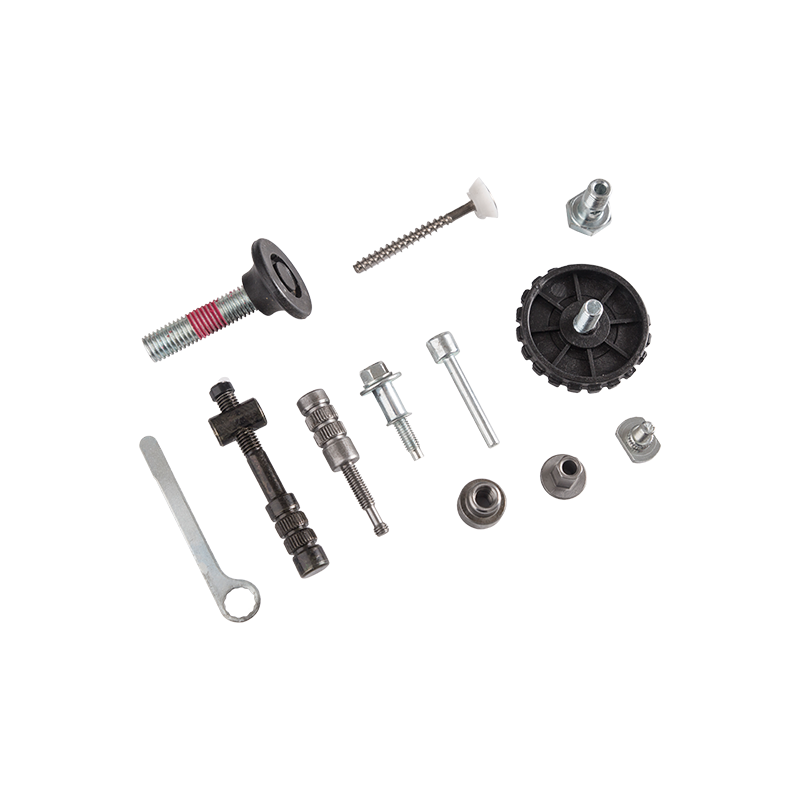

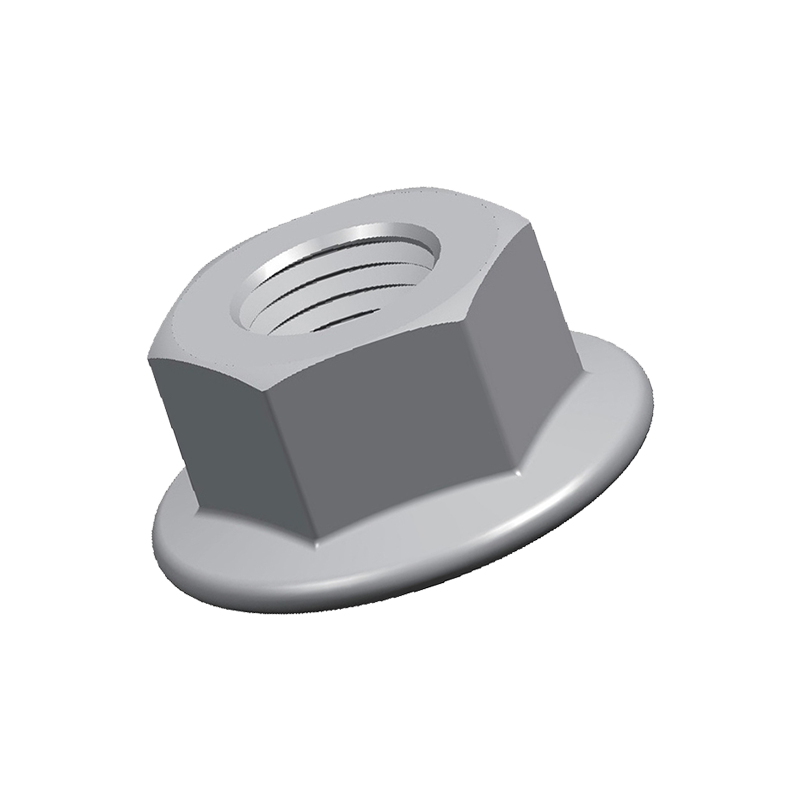
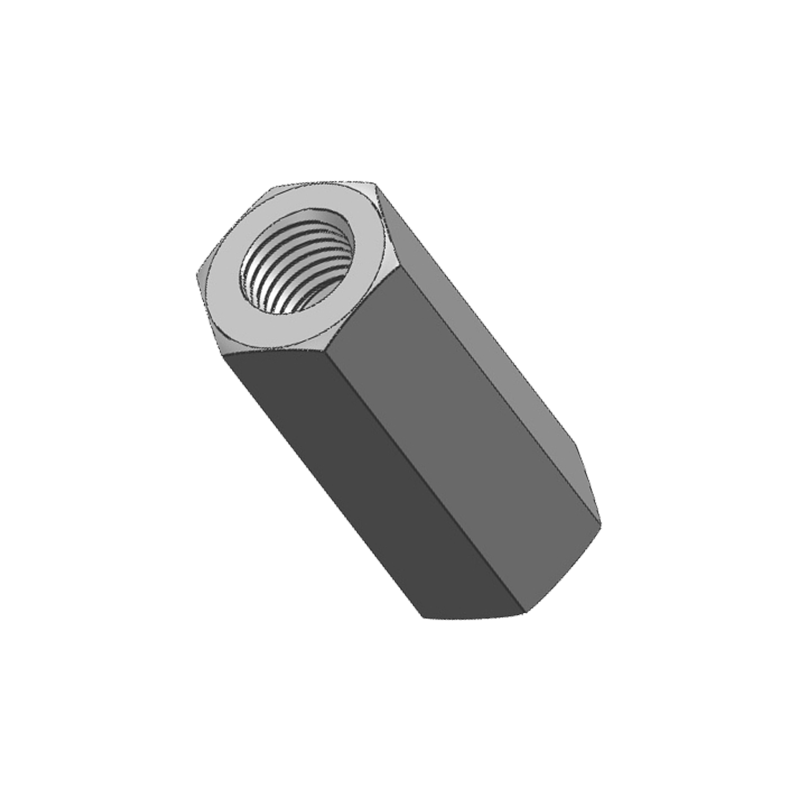
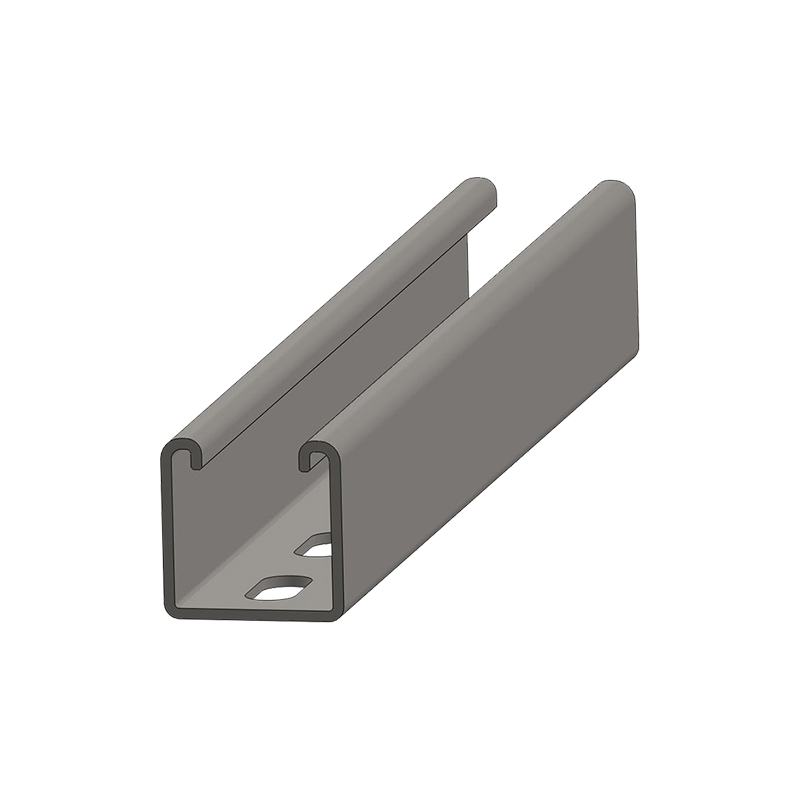

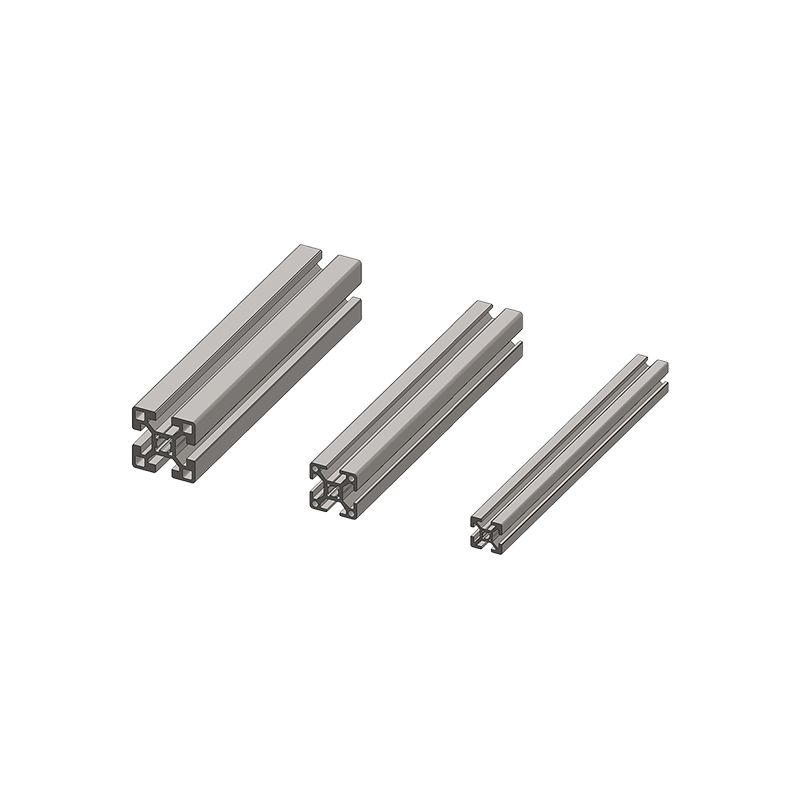
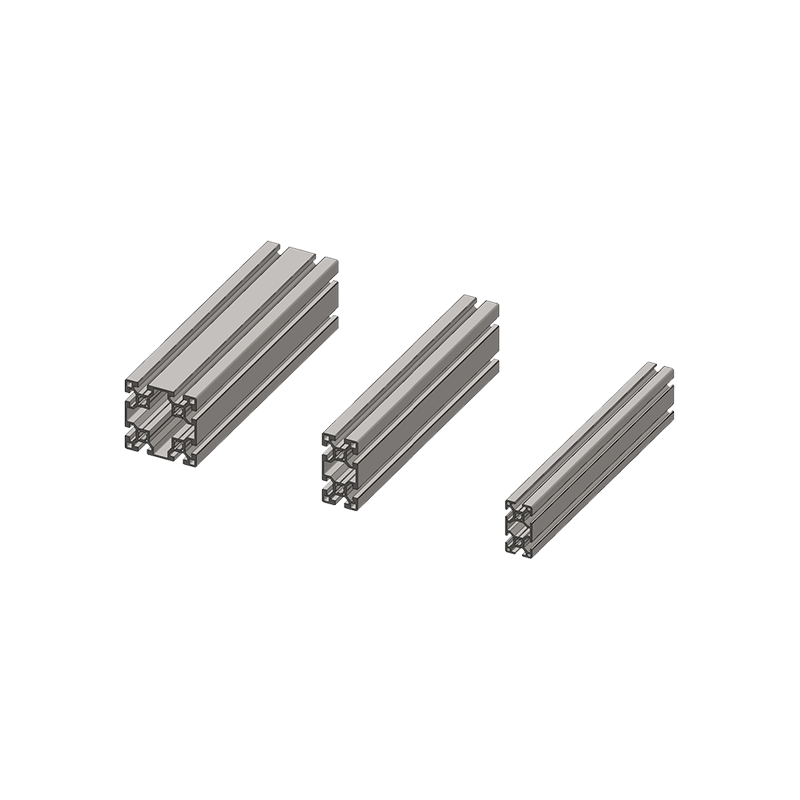
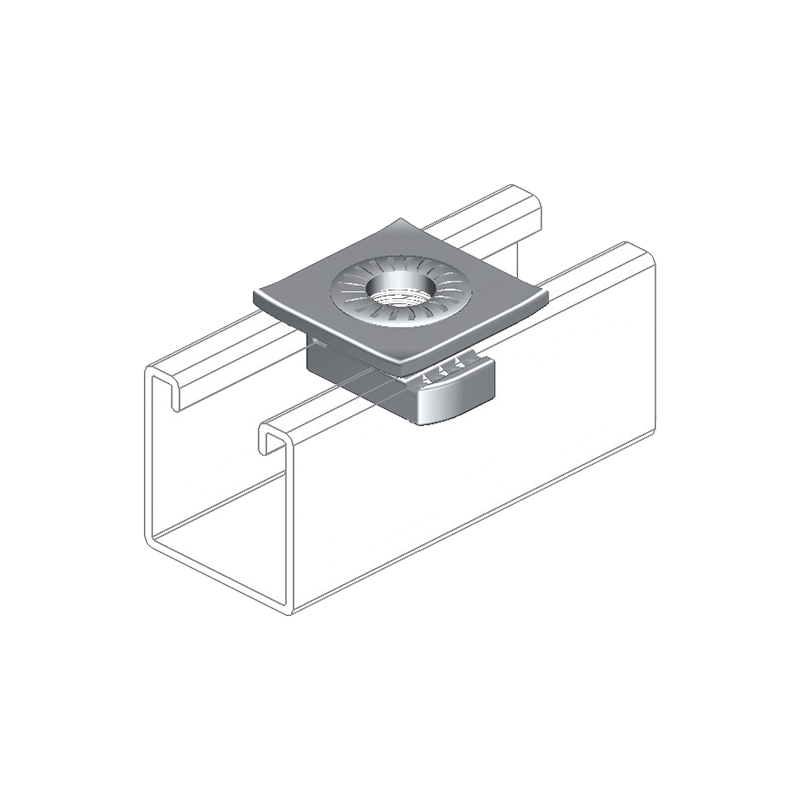
.png)
.png)




